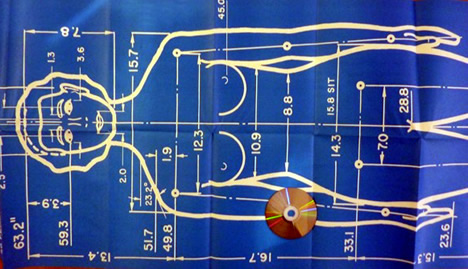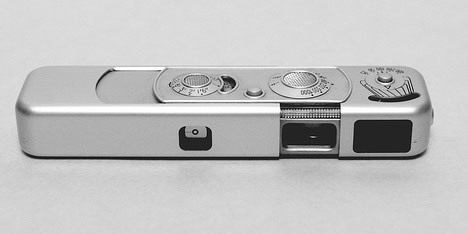
Lomography is introducing a new generation to the unpredictable, serendipitous world of analog photography. Since re-introducing the simple-yet-flexible LC-A back into amateur photographers hands, the company has launched a wide range of mainly plastic film cameras that produce glorious results.
Although the cameras are available through a number of re-sellers (including Urban Outfitters), the best place to browse and ask about them are the official Gallery stores.

The last 12 months has seen the opening of both the first American store (in New York – pictured above), and most recently, the first British store (in London; September 2009). Perhaps in-keeping with the popular anti-popularist nature of the company, the stores seem to be located in almost central areas: just off the busy streets of the West Village in New York, and just off the busy Carnaby Street of London.
An insider tells us that they have aggressive expansion plans, with new Gallery Stores planned for most major American cities in the coming months.








